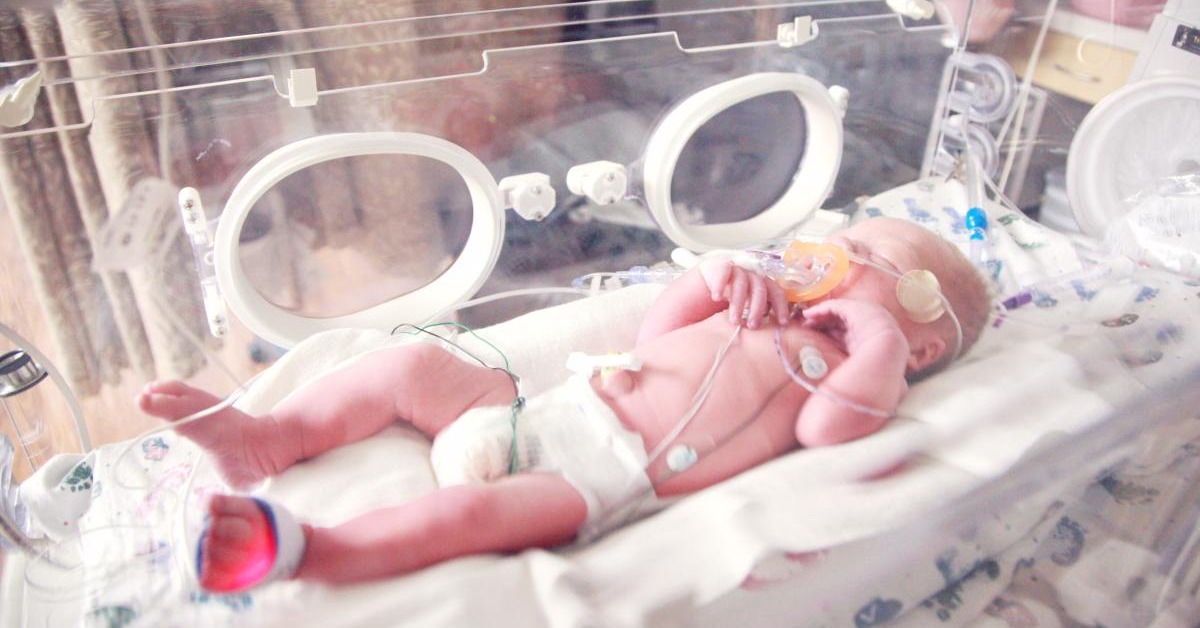
Doctor of Nursing Practice Jobs
A Doctor of Nursing Practice (DNP) degree qualifies you for [...]

Nurse practitioners (NPs) receive over one billion patient visits per year, according to the American Association of Nurse Practitioners (AANP). A subcategory of advanced practice registered nurses (APRN), NPs can practice without the oversight of a doctor in many states, much like physician assistants. They can order and interpret tests, analyze a patient’s medical history, diagnose and create treatment plans, and prescribe medication. Registered nurses (RNs), in contrast, perform essential functions like administering medications and completing patient intakes but do not have practice autonomy.
NPs can specialize in several key areas of medicine, including women’s health, pediatrics, psychiatric nursing, and urology; most work in primary care. They often focus on preventative medicine, helping patients avoid issues before requiring treatment. Highly trained, NPs hold either a master’s or doctoral degree and typically accumulate several years of experience (<a href=”https://www.ncbi.nlm.nih.gov/pmc/articles/PMC4323084/”
target=”_blank”>13.75 on average) as RNs before advancing to an NP role.
With all these impressive skills, it’s no surprise that NPs earn impressive salaries. Average annual income usually lands well above six figures, though figures differ by location. This article explores the highest-paying states for nurse practitioners (NPs). It covers:
According to the U.S. Bureau of Labor Statistics (BLS), nurse practitioners earn a median income of about $124,000 (the BLS groups NPs with nurse anesthetists and nurse midwives to obtain this average). The BLS notes the top ten percent of NPs earn over $200,000 annually, while the bottom ten percent earn just under $80,000. Geographic location and experience impact earnings.
So too does the industry in which NPs work. Top-paying sectors garner the following median annual wages:
Finally, specialization can influence salary. Top NP specializations boast the following median annual wages:
BLS data lists the top-paying states and their annual mean wages as California ($151,830), New Jersey ($137,010), New York ($133,940), Washington ($130,840), and Massachusetts ($129,540).
Pay is not the only factor worth examining for NPs; the total number of jobs and job market growth rate should also be considered. According to an Emsy economic modeling study, states ranking highest in NP jobs include Texas (19,270), California (19,025), Florida (16,274), New York (16,155), and Tennessee (11,893). Job growth is fastest in Hawaii (10 percent growth between 2021 and 2022), followed by Idaho (nine percent) and Alaska, Arizona, California, Colorado, Georgia, and Nevada (all at eight percent).
According to Emsy. the lowest-paying states for NPs by mean annual wage include Tennessee ($95,118), Alabama ($102,419), South Carolina ($102,856), Missouri ($103,500), and West Virginia ($104,748). Note that all these states except South Carolina rank among the ten states with the lowest cost-of-living. The states with the fewest NP jobs are Wyoming (415), Hawaii (556), North Dakota (647), Vermont (749), and South Dakota (762). States with below-average job growth rate for NPs include Rhode Island and Missouri (4 percent), and Delaware, Iowa, Kansas, Maine, Michigan, Mississippi, New Mexico, North Dakota, Ohio, Oklahoma, West Virginia, and Vermont (all at 5 percent).
Nurse practitioners first complete RN training and education. A Bachelor of Science in Nursing (BSN) is the most desirable degree choice; New York State requires all nurses to earn this credential within ten years of obtaining their license. Other pathways include an Associate’s Degree in Nursing (ADN) or a hospital-based program. Career transitioners with a bachelor’s degree in another subject can pursue an accelerated BSN.
BSN coursework includes nursing theory, research and assessment, nutrition, pharmacology, microbiology, and anatomy. Programs also include clinical training. Having a BSN allows degree-holders to enter a graduate program without completing additional coursework; RN to MSN programs help students earn their bachelor’s degree and master’s simultaneously.
After completing your undergraduate education, it’s time to take the National Council Licensure Examination (NCLEX-RN), which evaluates basic nursing capabilities. Those who pass can apply for state licensure. You’ll likely submit to a background check and provide additional materials to complete the process. Most NPs gain several years of experience as RNs before applying to graduate school, though not all programs require it.
Two graduate degree pathways lead to NP designation: the Master of Science in Nursing (MSN) and the Doctor of Nursing Practice (DNP). A master’s degree is the more common choice. Full-time students typically complete a master’s in two years. MSNs include both practical and theoretical coursework related to patient care and assessment, pathophysiology, and pharmacology. Students may also pursue specialty-specific courses and fieldwork in areas that include working with families, women, or psychiatric patients
More top-tier schools than ever offer online MSN programs. Students in these programs complete their didactic (classroom) coursework remotely and typically complete clinical rotations at a local hospital.
Doctoral degree programs usually take longer and are more rigorous, requiring at least an extra year of study. Programs typically cover much of the same subject matter, but with a greater emphasis on leadership and research-focused coursework. The DNP may eventually overtake the MSN as the degree of choice for upper-level nursing positions.
For licensure, NPs must complete additional national examinations and state requirements. Specialty determines which exams you must pass. Family nurse practitioners earn Family Nurse Practitioner (FNP) certifications while psychiatric nurse practitioners complete Psychiatric-Mental Health Nurse Practitioner (Across the Lifespan) Certification (PMHNP-BC) exams. States may require a background check and additional testing to perform special tasks, such as prescribing medications.
Becoming a nurse practitioner is no easy feat. But armed with the knowledge of which states offer the most lucrative wages, it’s certainly a compelling career path to consider.
(Last Updated on February 26, 2024)
Questions or feedback? Email editor@noodle.com

A Doctor of Nursing Practice (DNP) degree qualifies you for [...]

A travel nurse can easily earn a higher salary than [...]

Neonatal nurse practitioners earn solid six-figure salaries, but their greatest [...]

You need to have an RN license and have several [...]
Categorized as: Nurse Practitioner, Nursing & Healthcare